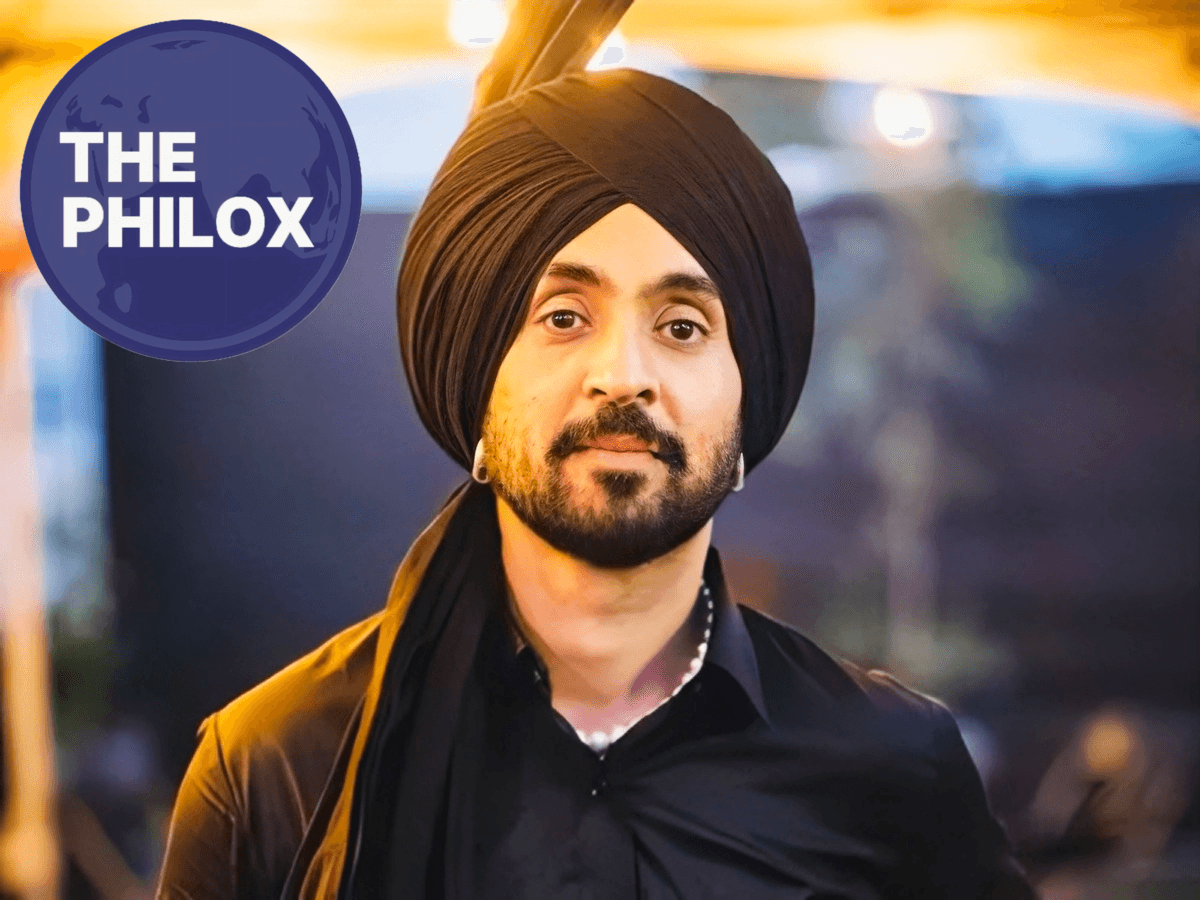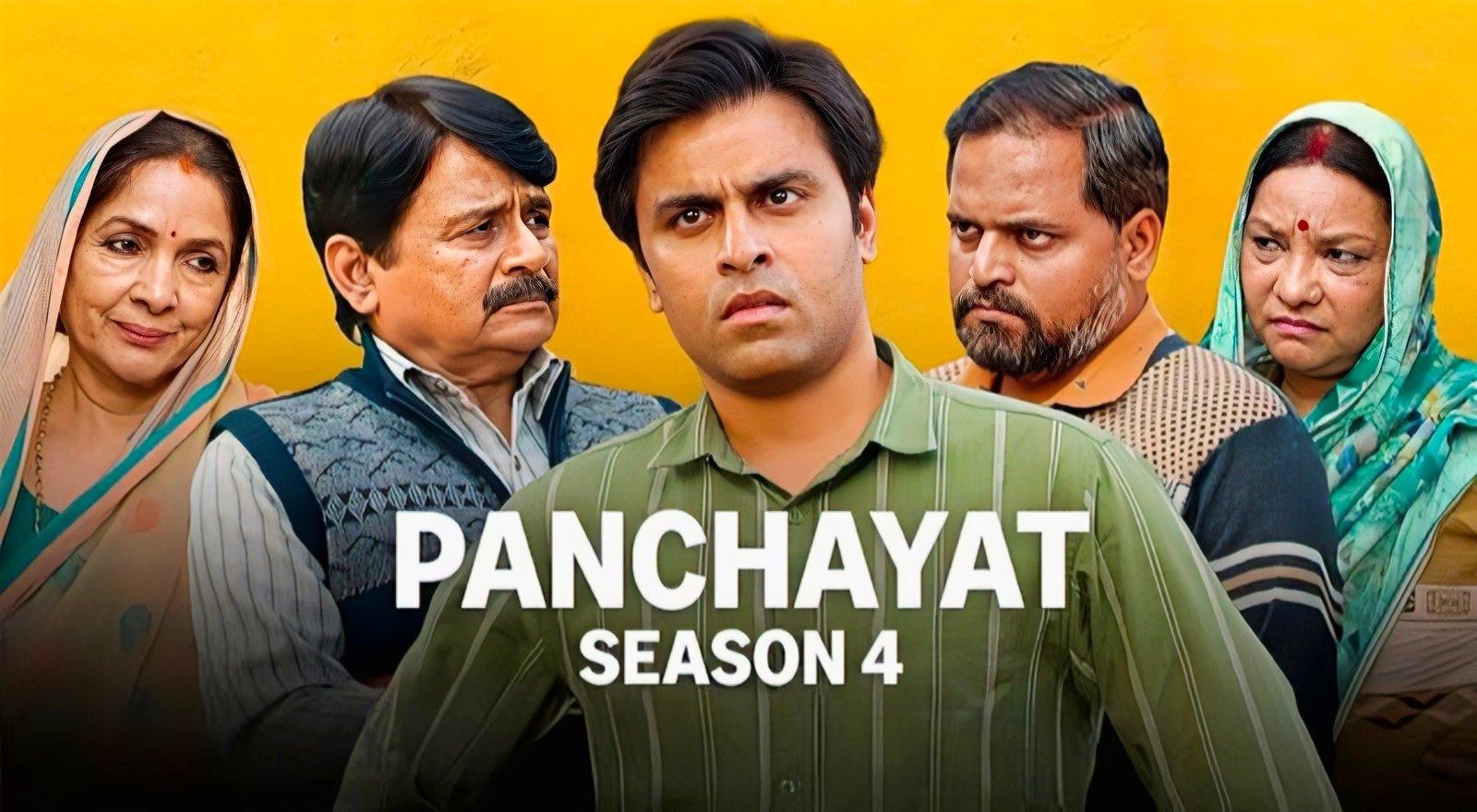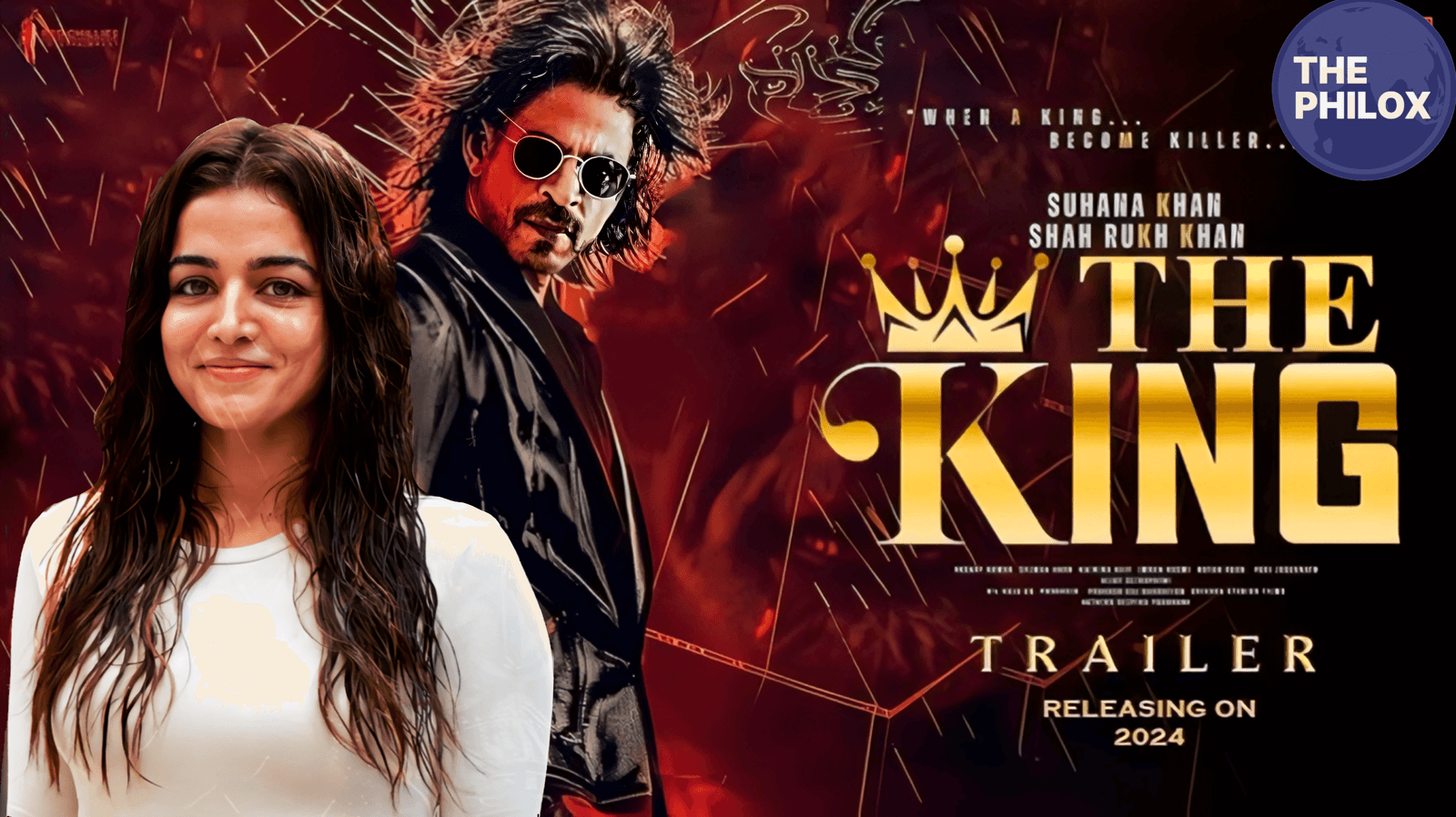
A Dazzling Look at the Met Gala
Attending one of the most important fashion events in the world, the Met Gala 2025, Diljit Dosanjh made history Renowned for showcasing Punjabi culture on foreign venues,
Diljit strolled the red carpet sporting a fashionable dress that attracted notice right away.
Fans and fashionistas originally appreciated his appearance for its boldness and ethnic richness.
Still, it didn’t take long for folks to find an arresting feature about his clothing. On his cloak, embroidered on it was a map precisely depicting Punjab’s geographical extent.
Along with the map was the phrase “Punjab,” bolded, and a flag that looked like the unofficial banner connected with Punjabi identity,
usually used by Khalistan movement supporters. There was nowhere to see the word “India” on his clothes.
Outfit Fires Political Storm
Not long as images of his look started to go viral on social media, debate started. Many users charged Diljit with political commentary by omitting any mention to India.
Because he only mentioned Punjab, its name, map, and flag, there was great conjecture that he was endorsing a separatist viewpoint.
Critics claimed his clothing silently supported the contentious quest for a separate Sikh homeland, the Khalistan movement.
Though mainly dormant now, the movement is still a contentious subject in India, particularly in Punjab.
Political leaders and several nationalist organizations charged the musician of utilizing a worldwide platform to propagate a divisive narrative in violation of norms.
No Reference of India Calls Attention
Diljit’s Met Gala performance was most divisive in that his attire lacked any hint of the Indian identity.
There was no Indian flag, name, even a symbol reflecting the nation included. Many people so started to wonder whether it was a calculated choice.
People questioned how such a clear omission could occur by accident given the meticulous stitching of the cloak, which featured Punjab’s boundaries and cultural icons.
Advocates of the artist contended that he was merely expressing his regional pride, as many foreign singers do with regard for their own countries.
Critics countered that regional pride shouldn’t sacrifice national unity in a nation as politically sensitive as India.
Diljit stays silent among the increasing discussion.
Diljit Dosanjh has not reacted to the debate thus far. He has not made any public comments or explained whether the costume was supposed to convey any political message.
His silence has simply served to intensify discussion since various individuals understand it.
Some feel he is dodging accountability by keeping quiet. Others contend he might not have anticipated such a response and is now in a situation he never meant to find himself in.
Still, his silence has kept the dialogues vibrant and continuous.
supporters defend Diljit’s cultural expression
Many Punjabi people and supporters arrived to defend Diljit. They claimed the musician was merely expressing his affection for his native Punjabi roots and has always been proud of them.

They think it unfair to call him a separatist since he is advancing his culture on an international scene.
Celebrating one’s background, they contend, does not equal denigration of the country. They also noted that no one challenges their allegiance to their homeland;
other foreign superstars have dressed in attire that express their views or location.
Political Figures Demand Definition
Many lawmakers have spoken out on the event. Some have insisted Diljit should provide a public explanation clarifying why he omitted mentioning India.
They added that, being a public person with millions of followers, he has an obligation to be clear about his message, particularly on delicate subjects.
A few political commentators even demanded a look at if the clothing design connected to pro-Khalistani organizations overseas.
Although such assertions are not supported by any data yet, the debate has spurred more attention on freedom of expression and its restrictions.
Style or Statement? The Argument Still Undergoing
Whether the garment was a subtle political statement or just an artistic masterpiece, fashionistas disagree.
Pointing to the exact embroidery and symbol selection, some claim the design was thoughtful and purposeful.
Others contend that design shouldn’t be given too much thought and that the dress might have been inspired by Punjabi culture without any covert purpose.
The argument between politics and fashion is not fresh. In this case, however, the discussion has veered seriously, particularly in the Indian setting where political conflicts over regionalism and identity are rather strong.
Social Media Response Reflects Divergent Views
On sites like Twitter, Instagram, and YouTube, views are drastically different. Starting trending were hashtags like #DiljitMetGala and #PunjabNot India.
Although some users commended the musician for expressing Punjabi pride on a worldwide stage, others charged him with encouraging a separatist attitude.
Many public speakers and personalities also participated, therefore augmenting the conversation.
After the Met Gala, memes, opinion videos, and arguments inundated the internet, the issue became among the most discussed subjects.
A Greater Discussion on Identity
This debate goes beyond one dress code. It has spurred a closer debate on nationalism, identity, and the thin line separating political message from cultural pride.
Public characters in a nation as varied as India must walk cautiously since regional identities are strong and occasionally politically fraught.
Although Diljit Dosanjh’s Met Gala was meant to honor Punjab, its influence goes well beyond fashion.
Whether deliberate or not, his attire has forced individuals to consider their own perspective of national and regional identities.
Eventually
Diljit Dosanjh has been hailed a lot for elevating Punjabi music and culture internationally. But this time, his behavior has sparked a contentious argument with transcending entertainment value.
Although many consider him as a cultural ambassador, others are starting to doubt his motivations. Unless Diljit breaks his silence and clarifies his viewpoint, the debate is probably going to be active in public opinion as well as media.








